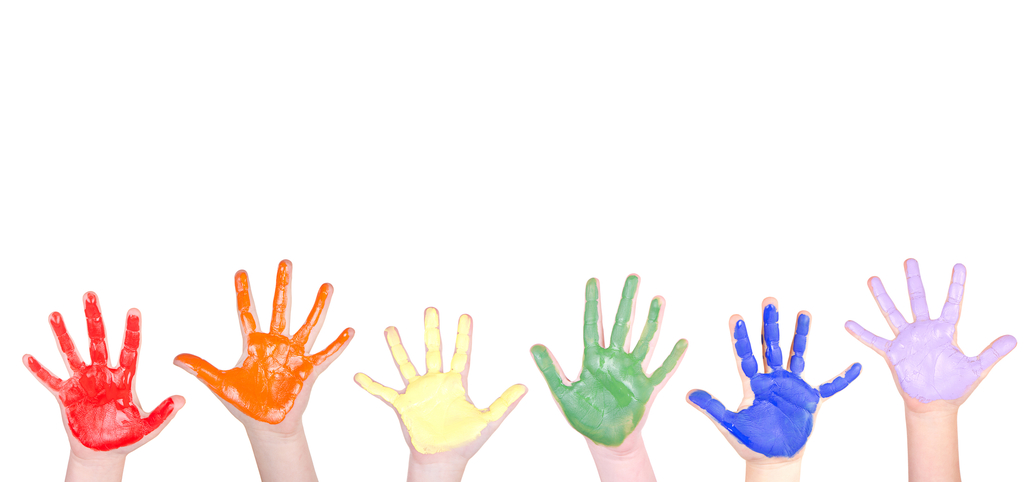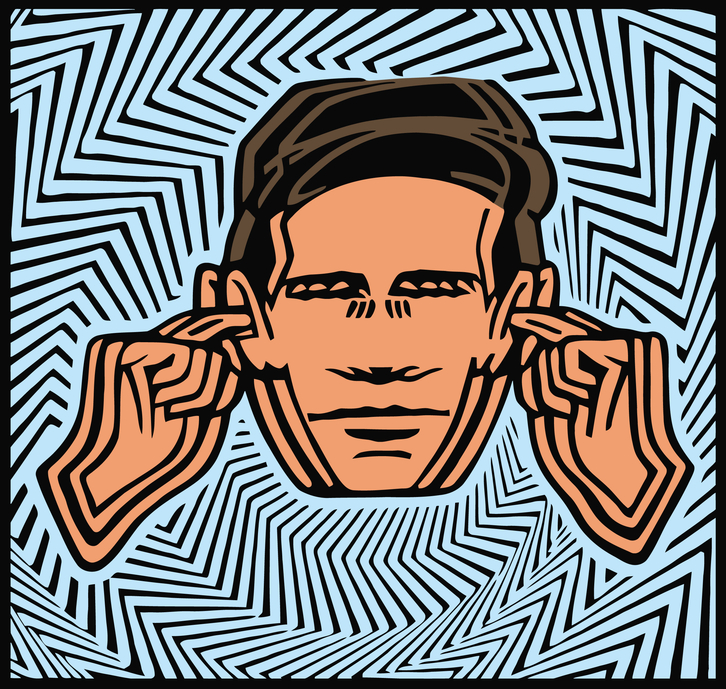Sensory Processing Disorder and Autism: Auditory
First, let’s have sensory processing disorder explained by someone with a personal experience with it. Watch this video of Amythest Schaber, a person living with an autism spectrum disorder.
Differences in auditory processing are one of the more commonly reported sensory processing impairments. In one chart review of developmental patterns in 200 cases with autism 100% of the participants demonstrated difficulties with auditory responding.Continue Reading
The Education (K-12) Blogs and Special Ed Q & A are written and maintained weekly by Lisa Rogers with Educating Diverse Learners. Lisa received her M.A. in Special Education with an endorsement in the area of individuals with severe disabilities. Mrs. Rogers has also created products that have been used throughout the state of Texas for training purposes. Through the Association for Texas Professional Educators [ATPE], Ms. Rogers has produced an online course that targets the importance of visual strategies for student with autism spectrum disorders and just released her highly anticipated book titled: Visual Supports for Visual Thinkers.






